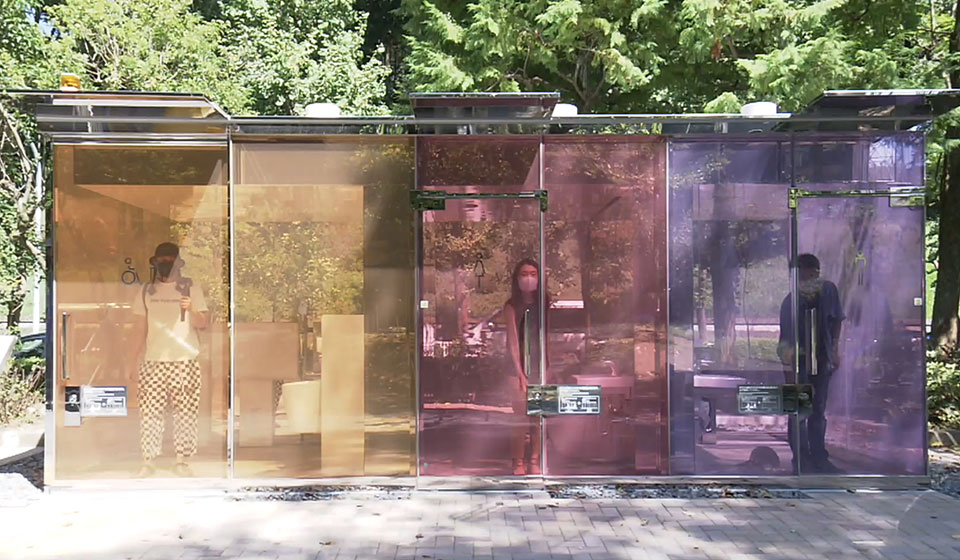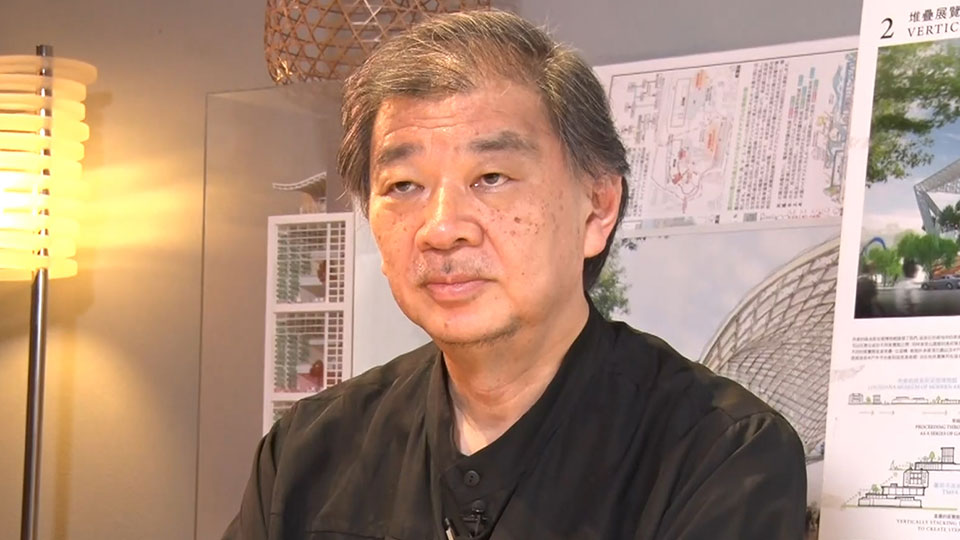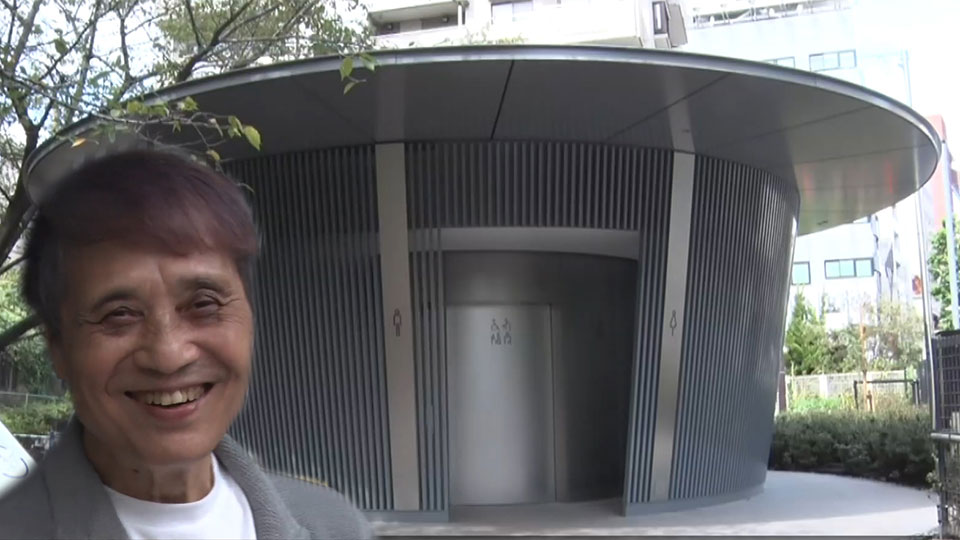See-through loos
When transparent toilets appeared in two Tokyo parks in August, they immediately went viral on the internet. People were fascinated, if not terrified, by the prospect of using such a facility. As it turns out, privacy was not a problem.

World-renowned architect Ban Shigeru came up with the design. Using “smart glass”, the toilet’s walls turn opaque when the door is locked. They need an electrical current to remain see-through, so even if the power goes out, users will be saved from the indignity of being caught with their pants down.
Ban was thinking about how people approach a public toilet. “Before going in, everyone wants to check that no one is hiding inside, or that it’s clean, and that’s only natural. This is a solution to those issues,” he says.
The 2014 Pritzker Architecture Prize winner says he’s surprised by how much attention his latest work is attracting. “Making weird or interesting shaped buildings isn’t design to me, especially for public facilities. Design is all about solving problems. In this case, there are two things we worry about when entering a public restroom: safety and cleanliness.”

Ban is known for his innovative use of materials. He has designed partitions made of paper and cloth for evacuation shelters, also with privacy in mind. “There are times when privacy is essential, and other times when it is not required,” he says. “That’s an idea common to both temporary shelters and public toilets. Facilities can be open or private as needed.”
Comfort and entertainment
All 17 of the facilities that have been ear-marked for what’s known as the Tokyo Toilet Project are located in Tokyo’s Shibuya ward, an area known for its youth culture and diversity. Shibuya Mayor Hasebe Ken sees it as “an opportunity for the city to offer its residents and visitors both happiness and entertainment”.
Ando Tadao is another world-famous architect who opted in. “I was inspired by the architects involved in this project and wanted to do my best. A building’s value isn’t determined by its scale. This public toilet may be small, but it conveys an important message,” says Ando, who won the Pritzker Prize the year after Ban.
Ando focused on making his design easy to access with a unique cylindrical shape and structure. It’s accessible from two sides through a latticed passageway that allows the flow of fresh air and filtered natural light.
“I want users to feel comfortable when they use this facility,” he says. “I thought about accessibility for everyone, including wheelchair users. I believe a city has to be inclusive, and it would be great if we can show that one of the ways is to change the humble public toilet.”

Toilets that change habits and minds
The Tokyo Toilet project is run by the non-profit Nippon Foundation. There are 16 big names from architecture and design involved. Seven have been completed, with the remainder due to open by next summer.
Watch Video: 01:16
The organizer says the aim is to change habits as well as minds. “These unique and advanced designs make the toilets accessible for everyone, regardless of gender, age, or ability. Ultimately, it demonstrates the possibilities of an inclusive society,” says Hanaoka Hayato of the Nippon Foundation.
He goes on to explain, “toilets are a symbol of Japan’s world-renowned hospitality culture. While Japan is known as one of the cleanest countries in the world, the use of public toilets is very much limited because of stereotypes that they are dark, dirty, smelly and scary. So we’ll fight to change those assumptions.”
The cool factor doesn’t end with the structures themselves. Maintenance and cleanliness are being shared by three key stakeholders – Shibuya city government, the Nippon Foundation and Shibuya’s tourism authority – and workers have been kitted out with navy blue jumpsuits whose design was overseen by Japanese fashion supremo NIGO.

